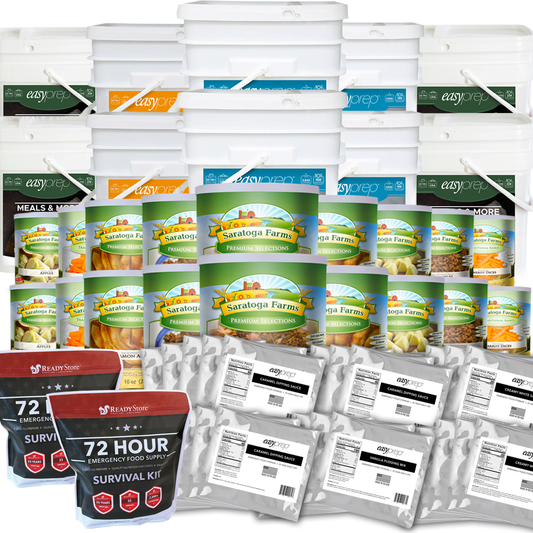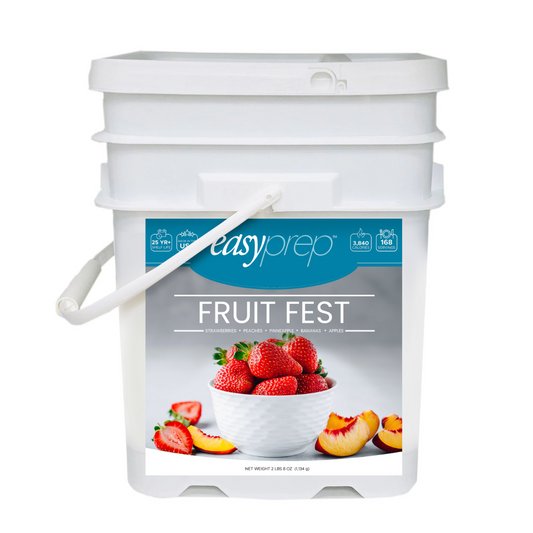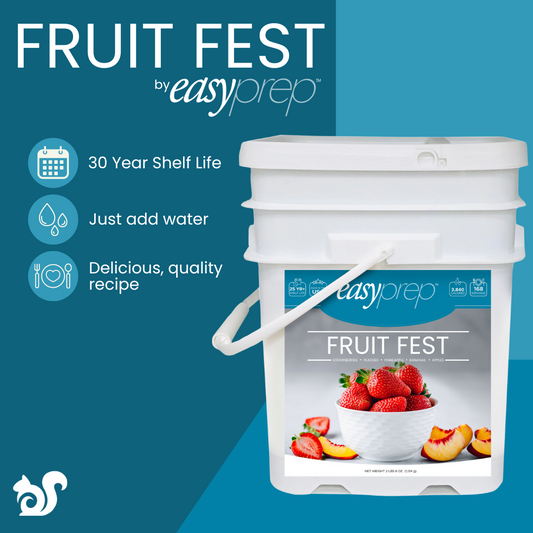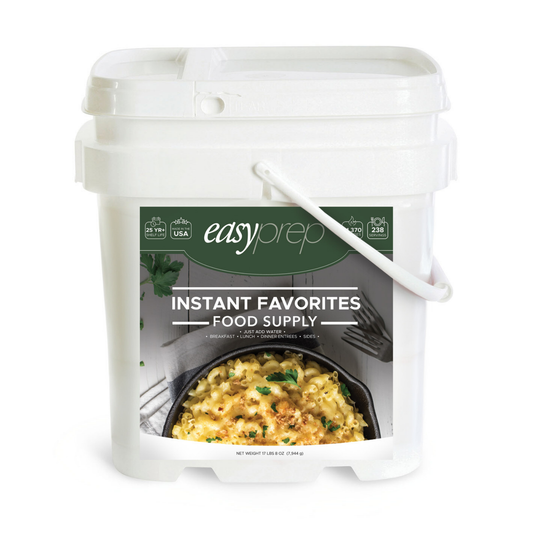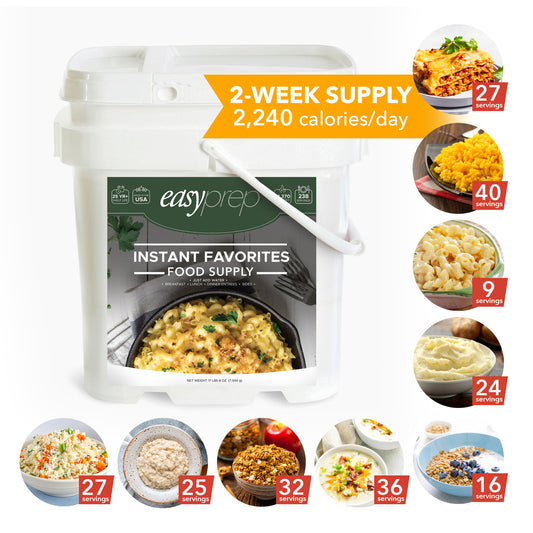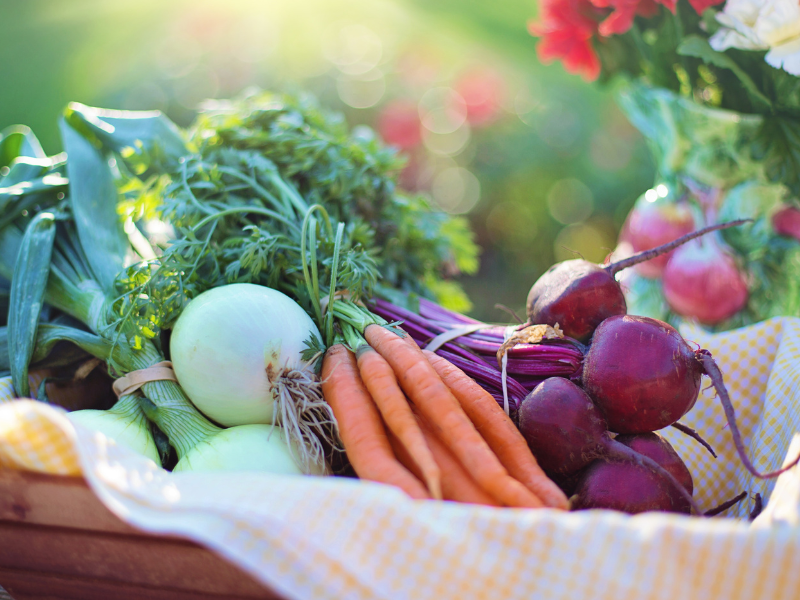Winter is coming, and it’s the perfect time to preserve the fruits (or veggies!) of your labor. Here, we discuss the methods you can use to keep your produce crisp, fresh, and unspoiled through the cold months.
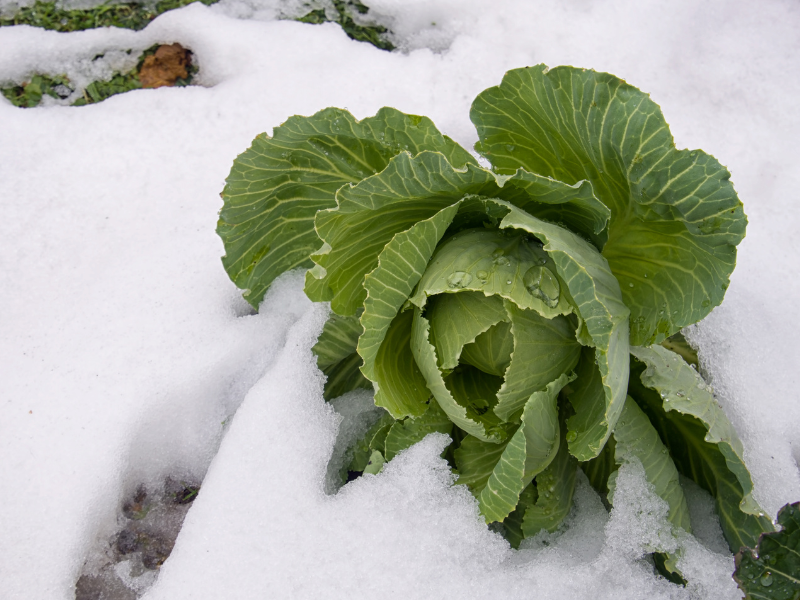
Guidelines for Storing Fresh Produce
- Store only uncut, unbruised, and disease-free fruits and vegetables to prevent early spoilage of nearby foods.
- Pick produce either unripe or overripe for optimal storage.
- Select fruits and vegetables that are well-suited for storage, such as beets, cabbage, and potatoes.
- Harvest produce during a dry spell.
- Chill root vegetables after harvest, trimming green tops and leaving a 1-inch stub to prevent decay.
What Vegetables Can I Store During the Winter?
Here is a helpful guide on the ideal storage conditions for different types of vegetables:
| Vegetable | Temperature (℉) | Humidity (%) | Storage Time |
|---|---|---|---|
| Beets | 32℉ | 90 - 95% | 3 months - Leave 1-inch stem |
| Brussels Sprouts | 32℉ | 90 - 95% | 4 weeks - Wrap to avoid drying |
| Cabbage | 32℉ | 90 - 95% | 4 months - Use late-maturing varieties |
| Carrots | 32℉ | 90 - 95% | 5 months - Top leaving 1/2 inch stem |
| Celery | 32℉ | 90 - 95% | 4 months - Dig with roots |
Use the table above as a guide when selecting vegetables to store for winter. Some homesteaders use crates or baskets, while others prefer sawdust, leaves, hay, or moss to prevent drying, especially if humidity levels are low.
What Vegetables Need to Be Cured?
Some vegetables require curing before storage, especially those prone to rot in damp conditions. Ensure proper curing for optimal storage life.


